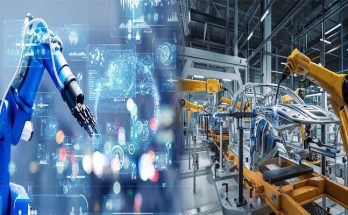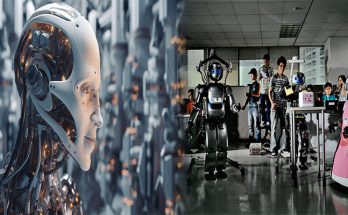In recent years, advancements in robotics have revolutionized the field of medicine, particularly in surgical procedures, rehabilitation, and assistive devices. These innovative technologies are enhancing the capabilities of healthcare professionals, improving patient outcomes, and bringing new hope to individuals with disabilities. Let’s delve into the potential of medical robotics technologies in these three important areas:
Surgical Robotics
Surgical robots have transformed the way complex procedures are performed. With the assistance of robotic systems, surgeons can now perform minimally invasive surgeries with greater precision and control. The robotic arms can be equipped with tiny tools and cameras that provide a 3D visualization of the surgical site, enabling surgeons to operate with high precision. This technology reduces the risk of complications, shortens recovery times, and improves patient outcomes.
Additionally, teleoperated robotic systems allow surgeons to perform procedures remotely. This has the potential to bring specialized surgical expertise to underserved areas, where access to skilled surgeons is limited. The integration of artificial intelligence in surgical robotics is another exciting development, as it can provide real-time feedback, automate certain tasks, and enhance surgical decision-making.
Rehabilitation Robotics
Rehabilitation robotics has significantly transformed the field of physical therapy, helping individuals recover from injuries and improve their mobility. Robotic exoskeletons and wearable devices assist patients in relearning movements, rebuilding strength, and regaining independence. These devices provide support to weakened limbs and have the ability to customize therapy programs to meet individual needs.
Rehabilitation robots can be used to treat a wide range of conditions, including stroke, spinal cord injuries, and musculoskeletal disorders. These technologies not only aid patients in their recovery but also provide therapists with valuable data on progress and performance. As the field advances, we can expect further development in robotic prosthetics, functional electrical stimulation, and neurorehabilitation techniques.
Assistive Robotics
Assistive robots are transforming the lives of individuals with physical disabilities, empowering them to overcome limitations and lead more independent lives. These robots can perform various tasks, such as assisting with mobility, daily activities, and communication. Wheelchair-mounted robotic arms, for example, enable individuals with limited upper body mobility to perform tasks like eating, drinking, and opening doors.
Robotic prosthetics are another area of assistive robotics that is making significant strides. Advanced prosthetic limbs, controlled by neural interfaces, offer users a greater degree of dexterity and natural movement. With the help of machine learning algorithms, these prosthetics can learn and adapt to the specific needs and preferences of the users, ultimately restoring a sense of normalcy and enabling them to engage in daily activities more effectively.
The potential of surgical, rehabilitation, and assistive robotics technologies is immense. These innovations not only improve the quality of healthcare but also offer hope and independence to patients and individuals with disabilities. As these technologies continue to advance, it is important to ensure accessibility, affordability, and ethical considerations to bring their benefits to a wider population.
Medical robotics technologies are shaping the future of healthcare in various domains, from surgical procedures to rehabilitation and assistance. By merging human expertise with robotic precision and capabilities, these technologies hold the promise of improving patient outcomes, enhancing rehabilitation journeys, and empowering individuals with disabilities to lead more fulfilling lives. The ongoing research and development in this field herald a bright future where medical robotics becomes an integral part of our healthcare ecosystem.





